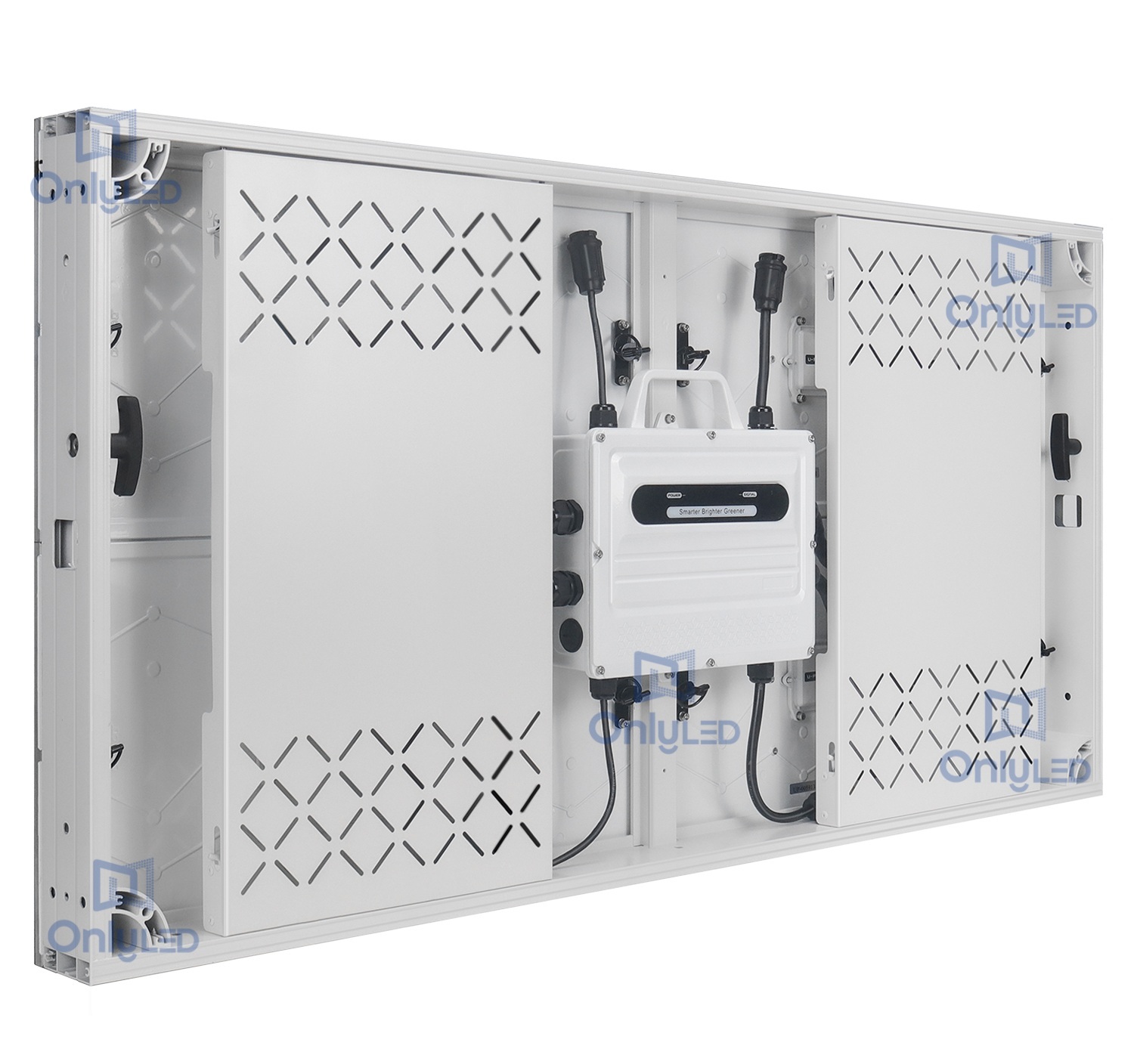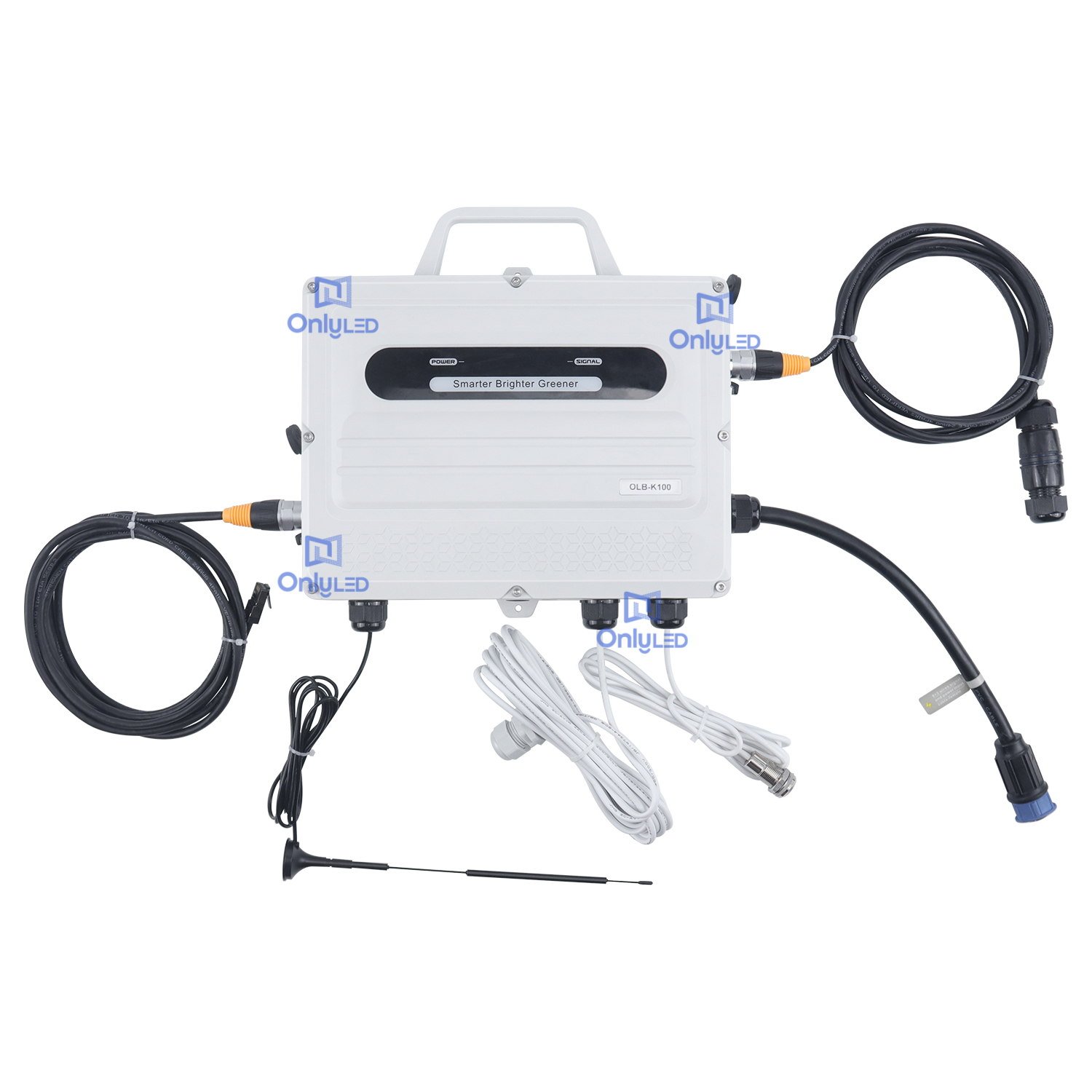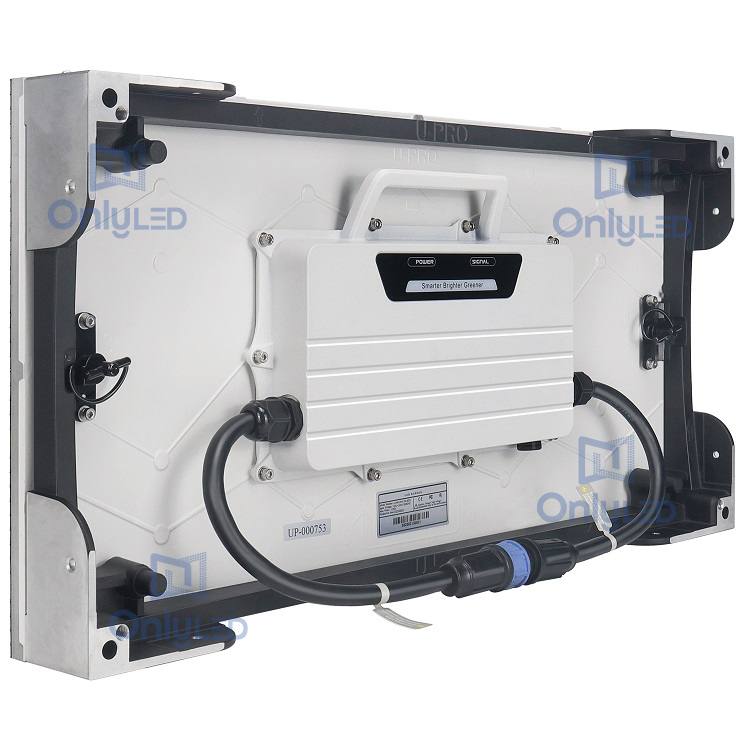Industry News
Exploring the Versatility and Adaptability of Outdoor Display Screens

Outdoor display screens have revolutionized the advertising and digital signage industry, providing vibrant and eye-catching visuals in various environments. In this article, we will delve into the essential features of outdoor display screens, specifically focusing on brightness adjustment and their adaptability to different light environments.
The Importance of Brightness Adjustment in Outdoor Display Screens
One of the key factors that sets outdoor display screens apart from their indoor counterparts is their ability to adjust brightness levels to combat external lighting conditions. This feature ensures optimal visibility and legibility of content, regardless of whether it is a sunny day or a gloomy night.
Most outdoor display screens employ ambient light sensors to automatically adjust the brightness levels based on the surrounding environment. These sensors detect the amount of natural and artificial light present, allowing the display screen to adapt accordingly. This ensures that the content displayed remains vivid and captivating, even during the brightest or darkest periods of the day.
Brightness adjustment not only enhances visibility but also plays a vital role in energy efficiency. By lowering the brightness in low-light conditions, outdoor display screens can conserve power, extending their lifespan and reducing energy consumption.
Optimizing Adaptability to Various Light Environments
Outdoor display screens are designed to withstand the challenges of diverse light environments, ranging from direct sunlight to shaded areas. To ensure legibility and visual excellence, specific technologies are incorporated into these screens.
Anti-glare coatings or films are commonly applied to outdoor display screens to minimize the reflection caused by intense sunlight. This enables the content to remain visible even in bright daylight, eliminating any hindrances that might affect message delivery and readability.
Furthermore, high-brightness LED panels are often used in outdoor display screens. These panels emit intense light, ensuring that content is clearly visible even in direct sunlight. This technology guarantees that the vibrant colors and sharp contrasts of the display remain uncompromised, captivating viewers and maximizing the impact of the content being displayed.
Conclusion
Outdoor display screens offer an array of features to ensure optimal performance and adaptability in different light environments. The ability to adjust brightness levels and the incorporation of anti-glare coatings and high-brightness LED panels make outdoor display screens versatile tools for effective communication and advertising. These technological advancements have transformed the outdoor advertising landscape, providing businesses with a powerful medium to capture attention and engage with their audience in any lighting situation.




